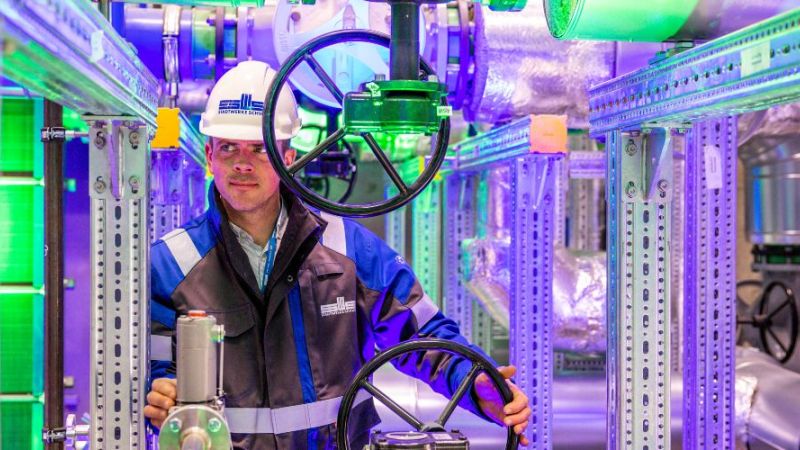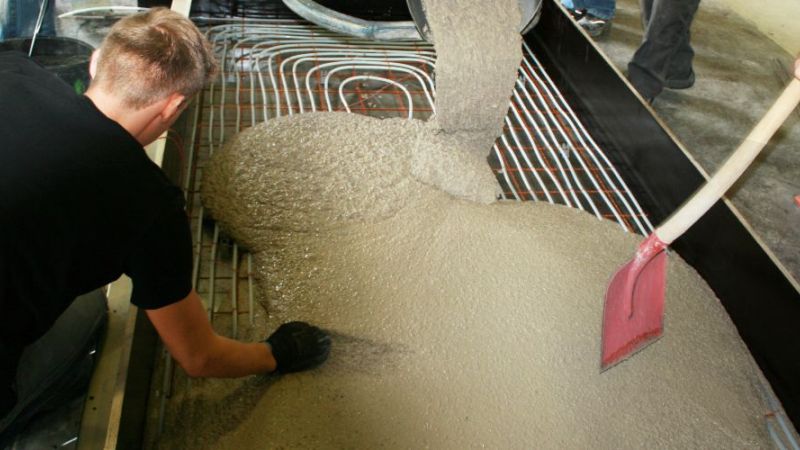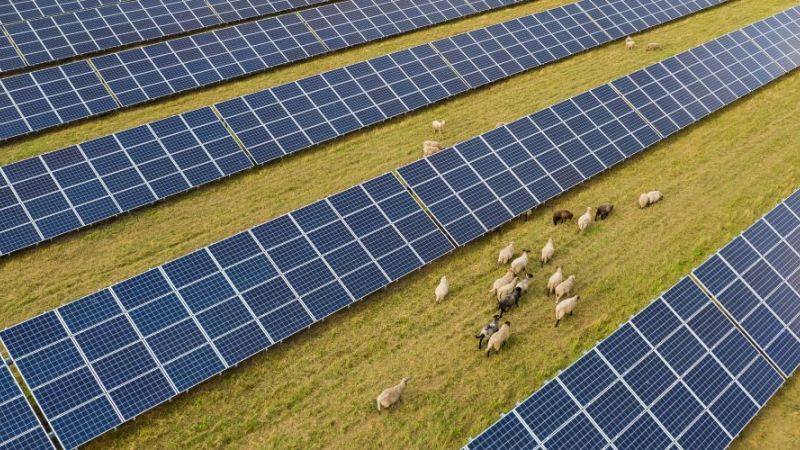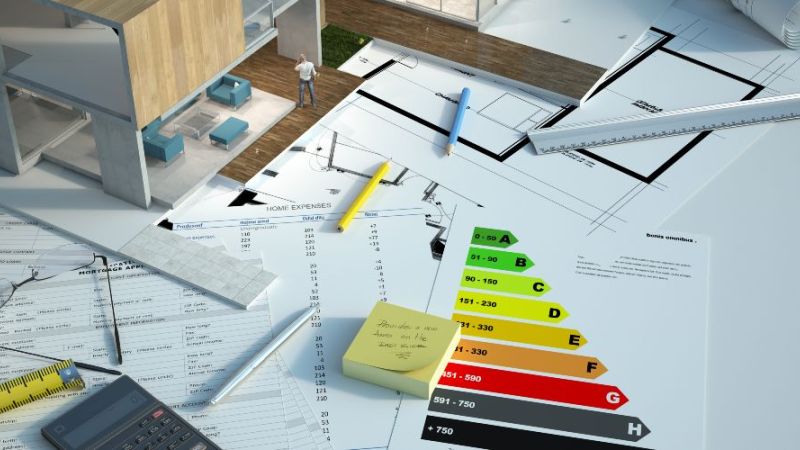Heating and cooling networks, heat and cold storage
Great need for research on heating and cooling networks, heat and cold storage
Networks and storage systems for heating and cooling are key elements in achieving a fully renewable and base-load capable heating and cooling supply in the future. The grid-based heating and cooling supply enables the efficient utilisation of multiple energy sources and offers the potential to implement a climate-friendly supply economically. In combination with storage systems, it is a key pillar for defossilisation, sector coupling and flexibilisation of the heating sector, particularly in urban areas.
Eligible research content on heating and cooling networks, heat and cold storage
The focus of the funding is on existing district heating networks and their transformation as well as innovative network types at low temperature levels through to cold local heating and bidirectional heat/cold network utilisation. Necessary research work includes aspects of component development, operational management and digitisation, identification of suitable heat sources and sinks as well as integration into municipal heat planning processes.
Heating and cooling networks must be adjusted to new temperature levels and prepared for volatile feed-in from multiple sources. This requires digital methods for planning and operational optimisation, dynamic and predictive operational control and deployment planning, integration of large heat pumps and storage systems, load management and the systemic coupling of heating, cooling and power supply.
In terms of pipework technology, the renovation and maintenance of existing networks must be adapted to new temperature and flow requirements. Questions of resilience, backup systems and to address aspects of supply security.
The supply of process heating and cooling in the industrial environment faces additional challenges that are not solely due to the level of temperatures and outputs. Industrial thermal processes require a reliable supply of heating and cooling to ensure process reliability. However, the processes also provide unavoidable waste heat or residual cooling. Research will develop methods to design and operate industrial heating and cooling networks and the connection of complex systems to local and district heating with the integration of heat/cold storage units and pumps in such a flexible and resilient manner to ensure the requirements of the companies and optimise operation for network operators.
The development and demonstration of climate-neutral heating and cooling networks will be carried out for both urban and industrial environments. The aim is to develop blueprints for typical constellations of heat sources and consumers as well as network types in order to develop methods for best practice approaches, including modularisation, standardisation and quality assurance of network planning, construction and transformation.
Other relevant energy research topics on heating and cooling networks, heat and cold storage
Heat and cold storage systems contribute to a robust and resilient energy supply by flexibly balancing energy supply and demand over time and linking different energy sources and sectors. They will play a decisive role, particularly in the coupling of the electricity sector with the heating sector and in the utilisation of unavoidable waste heat.
Research in the field of heat and cold storage covers topics ranging from material development and storage components to system integration, operational management and economic efficiency. All types of storage are included, i.e. sensitive, latent heat and thermochemical storage as well as short, medium and long-term storage with storage periods ranging from a quarter of an hour to several months (seasonal thermal storage, including large geothermal storage systems). All temperature ranges from cold storage to low-temperature and high-temperature storage are also addressed.
Materials research covers both the storage media and materials for the storage tanks and their components, including efficient heat exchangers and insulation, for example. Particular attention is paid to the availability, costs, stability, environmental compatibility and recycling of the materials.
Component development is focussed on improving thermal performance, flexible charging and discharging, reliability and operational safety, as well as life cycle analysis (LCA) and cost reduction. The manufacturing processes must be optimised by automating and modularising the production of mass-produced storage systems, and the systems must be scaled up.
The optimal connection and integration of thermal energy storage systems must be investigated. New storage concepts, such as high-temperature storage systems for industrial use, power-to-heat-to-power solutions or hybrid storage systems for the provision of heat and electricity, are to be developed and utilised. New methods, such as the use of self-learning systems, will also be investigated to optimise the operation of storage systems and the overall system and for the load management of innovative storage concepts in buildings, industrial processes or heating and cooling networks.
To support the transfer of the results into practice, application-oriented and production-oriented design tools, standardised interfaces and design methods as well as tools for evaluating the economic efficiency of thermal storage systems are to be developed.






